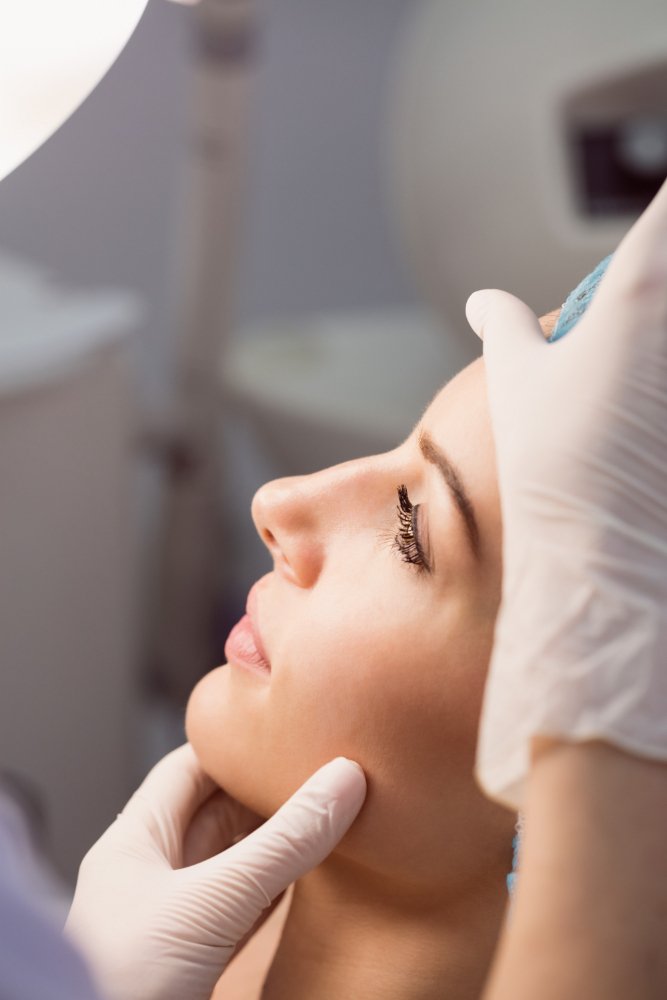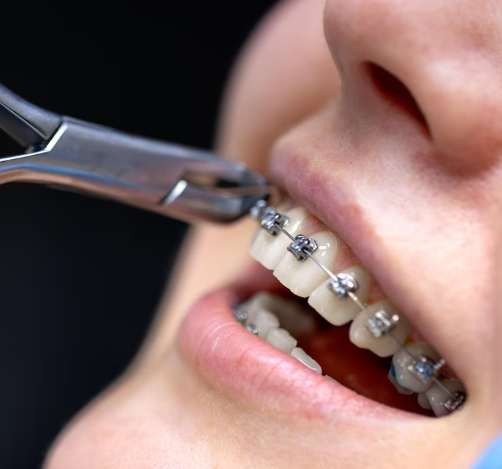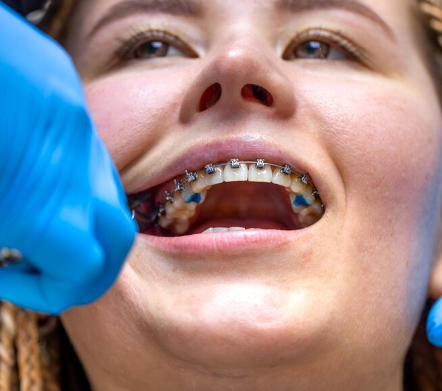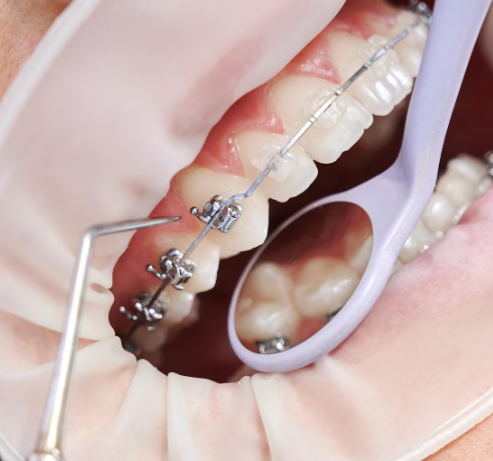Treatment Overview
Vertical Vector Lower Blepharoplasty is an advanced lower eyelid surgery technique that not only removes or repositions fat pads but also lifts and supports the lower eyelid in a vertical direction. Unlike traditional lower blepharoplasty that mainly addresses under-eye bags, this method reinforces the eyelid support system, preventing sagging and reducing the risk of complications such as eyelid retraction.
In Korea, surgeons have refined Vertical Vector techniques to enhance both function and aesthetics. By combining fat repositioning, ligament tightening, and subtle skin removal, Korean doctors ensure natural, youthful results with long-term stability.
Purpose & Benefits
- Corrects under-eye bags, puffiness, and sagging
- Prevents lower eyelid retraction (pulling down of the eyelid)
- Provides natural blending between the eyelid and cheek
- Restores youthful volume and support
- Improves skin texture and fine wrinkles when combined with resurfacing
- Offers more stability compared to traditional blepharoplasty
Ideal Candidates
- Patients with moderate to severe under-eye bags
- Individuals with loose skin or weak eyelid support structures
- Those who previously had lower blepharoplasty with complications
- Patients seeking long-lasting, natural results
- Older patients with sagging lower eyelids who need structural reinforcement
Possible Risks & Complications
- Swelling and bruising (temporary)
- Dry eyes or mild irritation during healing
- Rare risk of ectropion (eyelid turning outward) if not performed properly
- Asymmetry requiring revision surgery
- Scarring, though minimized with Korean scar-management methods
Surgical Techniques Used in Korea
Korean surgeons use highly precise and innovative techniques for Vertical Vector Lower Blepharoplasty:
- Fat Repositioning & Redistribution: Instead of removing fat, it is repositioned to smooth the under-eye contour.
- Vertical Vector Lift: The eyelid is lifted in a vertical direction to strengthen support and prevent downward pulling.
- Canthopexy or Canthoplasty (if needed): Reinforces the outer corner of the eye for additional support.
- Skin Tightening: Minimal skin excision or laser resurfacing for wrinkle reduction.
- Combination Approach: Sometimes paired with midface lifting for more comprehensive rejuvenation.
Recovery & Aftercare
- Initial swelling and bruising last 1–2 weeks.
- Stitches are usually removed after 5–7 days if external incisions are made.
- Most patients resume normal activities in 10–14 days.
- Eye drops and cold compresses are prescribed to reduce dryness and swelling.
- Final results are visible after 1–3 months, once tissues fully heal.
Results & Longevity
- Restored youthful lower eyelid contour
- Stronger eyelid support, preventing long-term complications
- Natural blending between under-eye and cheek
- Results typically last 10+ years, depending on aging and lifestyle factors
- Longer-lasting than standard lower blepharoplasty due to reinforced structures
Treatment Process in Korea
Korea is widely recognized for its expertise in eyelid surgeries, and Vertical Vector Lower Blepharoplasty is a specialized procedure offered in leading clinics:
- Advanced Techniques: Korean surgeons are pioneers in combining fat repositioning with structural eyelid reinforcement.
- Customization: Each surgery is tailored to the patient’s anatomy, ensuring natural results.
- Cutting-Edge Technology: High-resolution imaging and 3D simulations help plan surgery with precision.
- Natural Aesthetics: Surgeons prioritize youthful, refreshed looks without over-correction.
- Integrated Care: Many clinics combine surgery with laser resurfacing, stem cell therapy, or regenerative treatments for enhanced outcomes.
- Medical Tourism Support: International patients receive translator assistance, accommodation help, and personalized care packages in Seoul’s top clinics.
Cost Range in Korea
The cost of Vertical Vector Lower Blepharoplasty varies depending on the surgeon’s expertise, clinic reputation, and whether additional procedures are included.
- Basic Surgery: ₩3,500,000 – ₩6,000,000 KRW ($2,700 – $4,600 USD)
- Advanced Techniques with Canthopexy/Canthoplasty: ₩6,000,000 – ₩9,000,000 KRW ($4,600 – $6,900 USD)
- Premium Clinics in Gangnam with top surgeons: ₩9,000,000 – ₩12,000,000 KRW ($6,900 – $9,200 USD)
- Revision Cases (previous failed surgeries): ₩10,000,000 – ₩15,000,000 KRW ($7,700 – $11,500 USD)
Compared to the U.S. and Europe, where similar advanced lower eyelid surgeries often exceed $12,000–$18,000, Korea offers more affordable pricing while maintaining world-class quality and safety standards.
Popular Clinics in Korea
- Banobagi Plastic Surgery: Specialized in structural blepharoplasty and natural lower eyelid correction.
- ID Hospital: Known for complex revision surgeries and advanced eyelid techniques.
- View Plastic Surgery: Popular among international patients for combination lower blepharoplasty procedures.
- Regen Plastic Surgery: Offers advanced fat repositioning and vertical vector methods with scar-minimization techniques.
- JW Plastic Surgery: Experienced in treating challenging cases and providing natural results.
Summary
Vertical Vector Lower Blepharoplasty in Korea is one of the most advanced solutions for under-eye bags and sagging lower eyelids. By strengthening eyelid support and repositioning fat, this method delivers natural, youthful, and long-lasting results. With Korea’s reputation for surgical innovation, skilled doctors, and competitive prices, it has become a top destination for patients worldwide seeking safe and effective lower eyelid rejuvenation.




